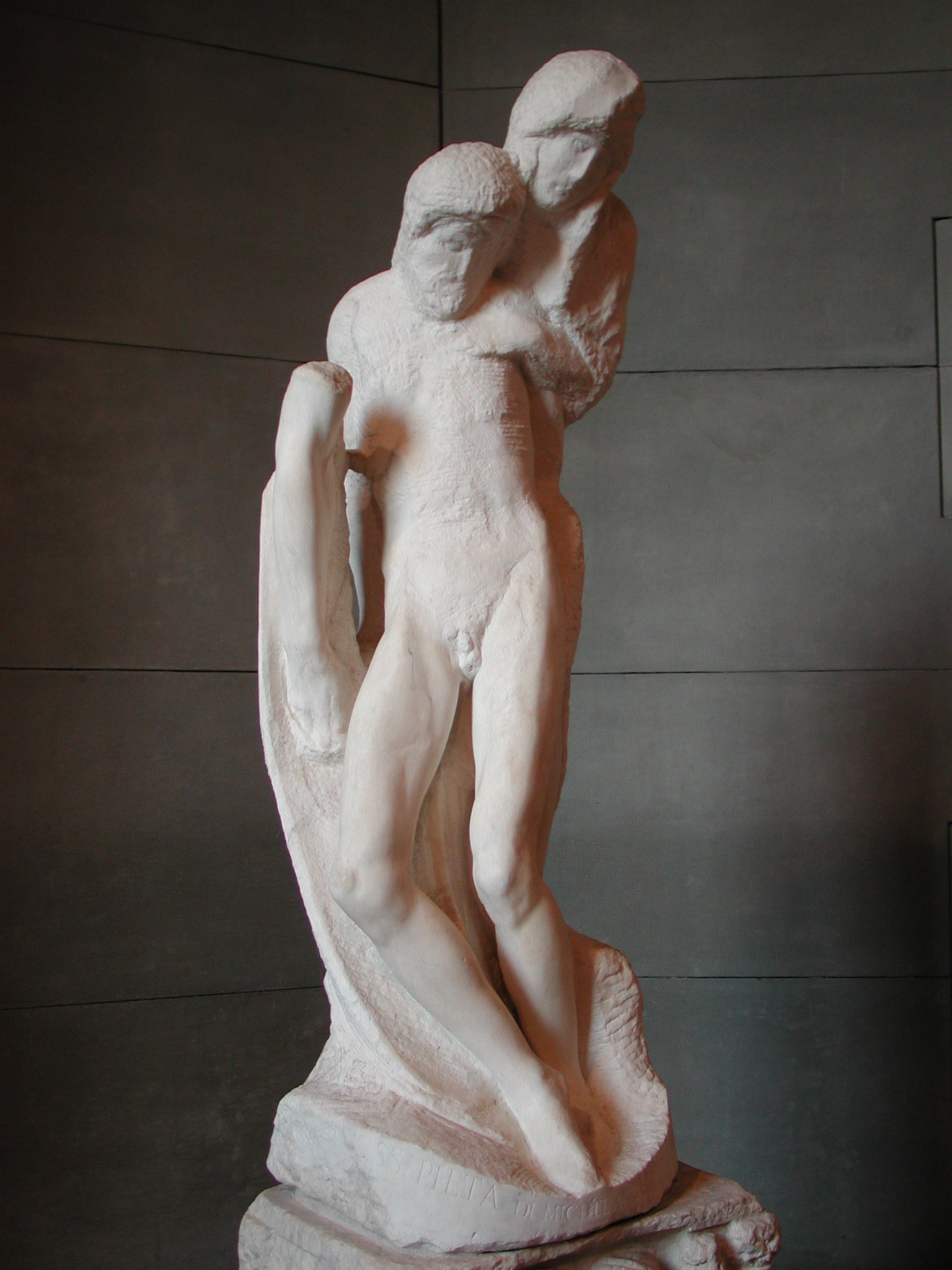Today around 13% of the world population celebrates Lefthanders Day which might sound a bit awkward to the remaining population.
On one hand, throughout the centuries lefthanders have suffered not only from ink spread over their handwritten text and left palm or troubles in using any sort of tools/items ergonomically designed for a righthander person but also from accusations of being related to a Satan, thus persecuted.
On the other hand, it is said that lefthanders' brains are structured differently, they are more creative, learn languages easier.. well, I still suffer from learning Italian and remembering tiny bits of French I studied few years back!
All this said, to celebrate Left-hand Pride I did a little research on who among the artist was actually a lefthander.
Leonardo Da Vinci and Michelangelo Buonarotti
Coeval masterminds, according to their biographer Vasari had “an intense dislike for each other”. It is difficult to chase back what was the actual reason as there is only one anonymous reference (mentioned in The Notebooks of Leonardo da Vinci, Oxford University Press, 1952) to an incident happened in front of Santa Trinità church in Florence when Leonardo was asked to explain a passage of Dante to some assembly of nobles whom he was passing by. At the same time, Michelangelo was walking the street and Leonardo replied back: ‘Michelangelo will be able to tell you what it means'. Maybe Leonardo's tone or behavior was offensive, but Michelangelo, a real fan of Dante, thinking this had been said to entrap him, replied: ‘No, explain it yourself, horse-modeler that you are, who, unable to cast a statue in bronze, were forced to give up the attempt in shame.’ The horse models Michelangelo was referring to were those Leonardo planned to cast for the Duke of Milan, however, never did and the Duke at the end used his bronze to cast some cannons instead.
I am not sure whether this accident happened before or after Leonardo's comment on sculptors in general (but, probably, targeting an ill-tempered Michelangelo in particular) that painters are more noble than sculptors whose hands are always dirty from clay. Indeed, Leonardo was more of a rock star of his time dressed in fine clothes, living a great life of that time and enjoying everyone's acceptance of his slow approach to work and unreliability while Michelangelo, a hardworking man suffered a lot from misunderstanding with his patrons, critique and time to time financial misery.

Edward Munch
Norwegian artist whose 150th birthday is celebrated this year in Oslo is probably best known for The Scream painting that went on sale for $120 million in April 2012 becoming world's #9 most expensive painting sold on auctions or private sales. However, my favorites are the two works below:
.jpg)
Madonna, 1894-95

One of The Sick Child, 1985-1986 paintings dedicated to his sister's death. Probably, because of a touching personal story behind this work, the style and techniques as well as the way the painting was lighted up in the museum, I remembered it as the best I have seen in the Munch museum in Oslo
Sir Cecil Beaton
English photographer and stage designer best knows for the series of photo portraits of Queen Elizabeth II, Hollywood (and not only) celebrities as well as Vogue fashion photography.
Queen Elizabeth II

Another Queen, but of Hollywood
Artist David Hockney
Marlene Dietrich, 1935
Princess Ira Von Furstenberg, 1955
Maria Callas
C.Beaton for Vogue
C.Beaton for Vogue
Fashion photography with Jackson Pollock's painting on the background
However, until last August, when an exhibition of Beaton's war theme photos were revealed from the Imperial War Museum archives, very few of us knew about this side of his photographic talent.
Men of a Long Range Desert Group after returning
to HQ at the end of a desert patrol, Siwa, Libya, 1942
There are many more lefthanders: Raphael, Rembrandt, Albrecht Durer, Hans Holbein (the younger), Francesco Borromini, Jan des Bouvrie, Paul Klee, however, I will try to write something interesting on them some other time, maybe next August 13th!










No comments:
Post a Comment